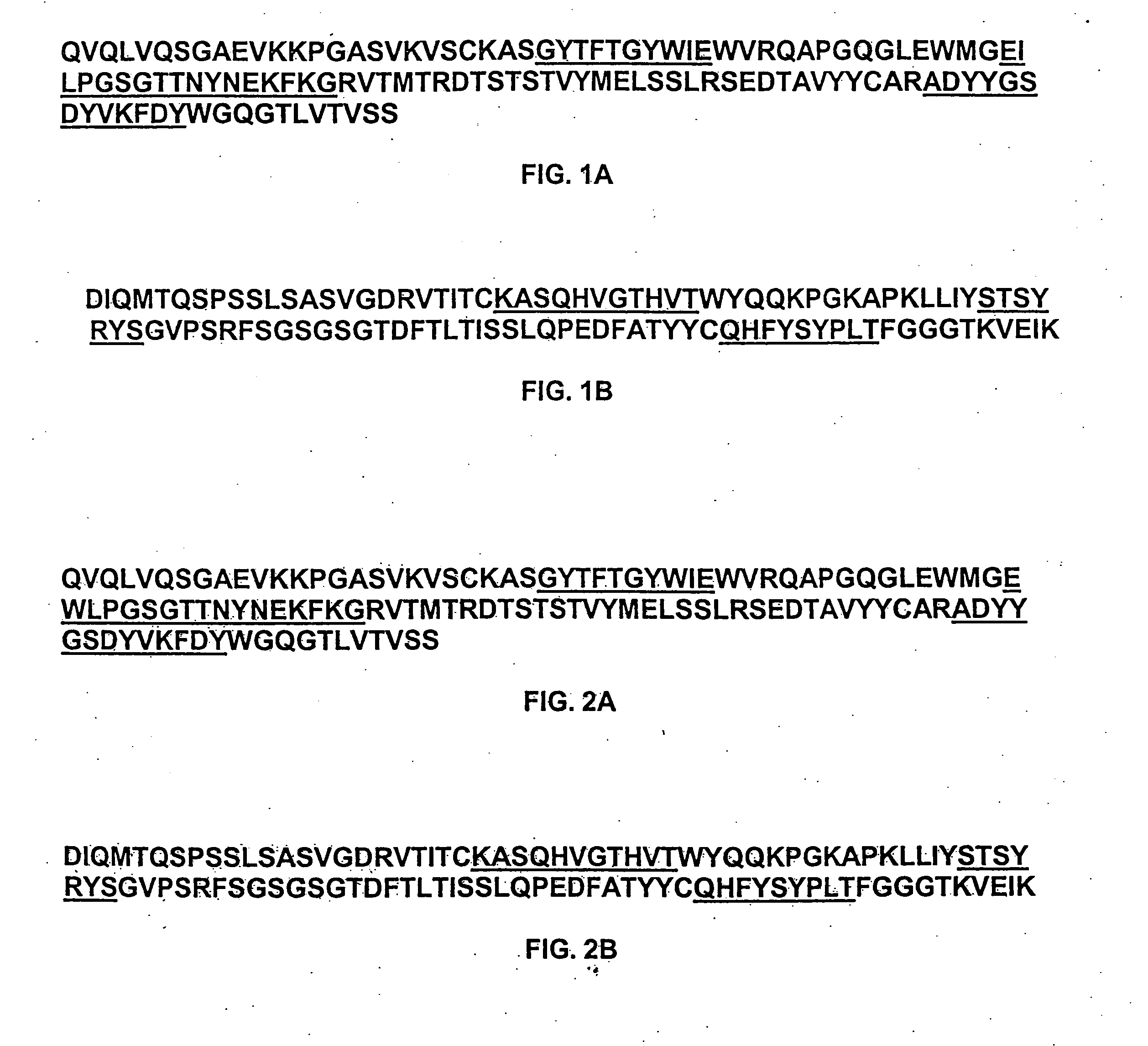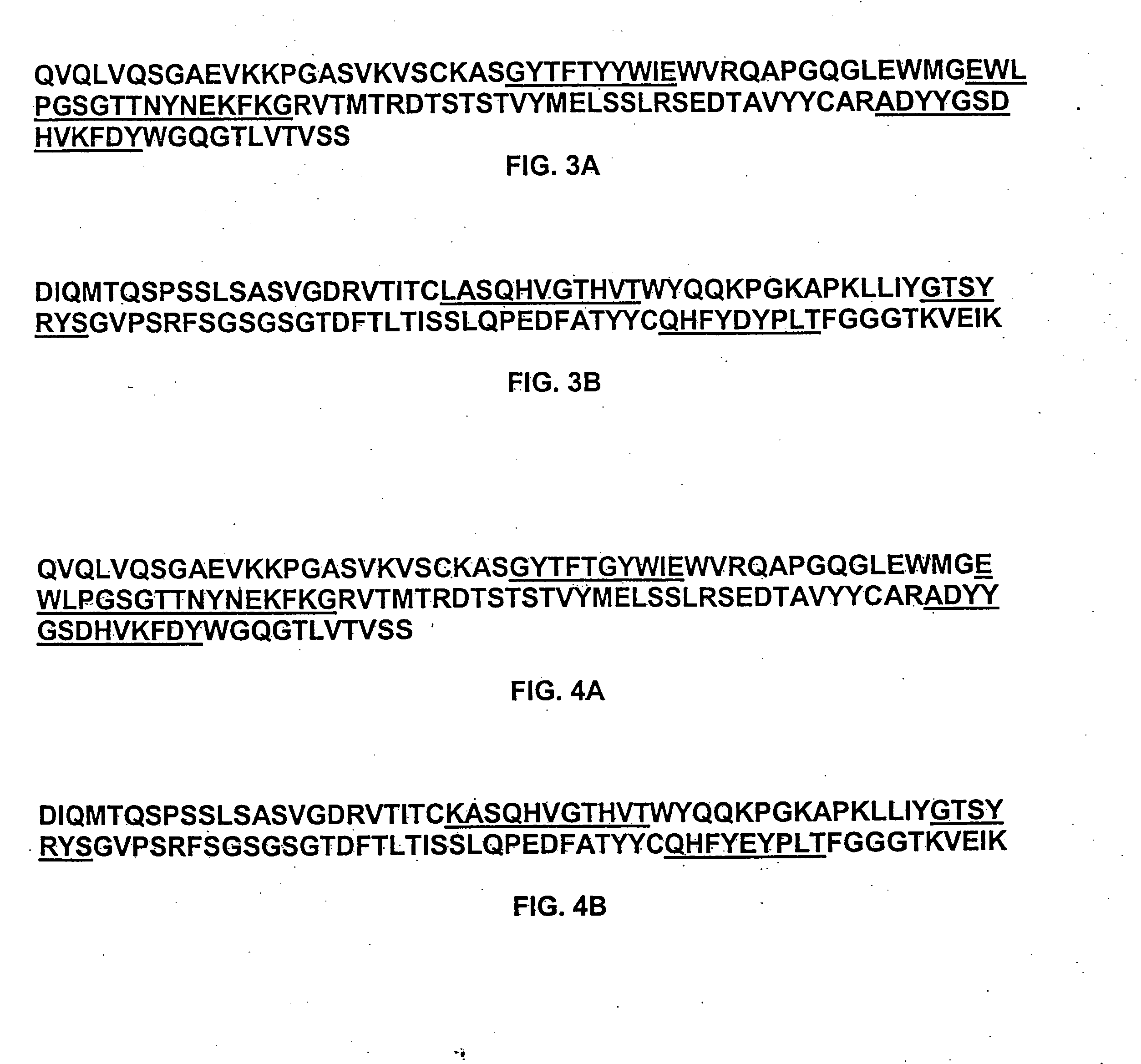Antibodies, T cells and macrophages provide beneficial protection, but can also produce harmful or deadly immunological responses.
The dilemma faced when administering immunosuppressive agents, however, is the more effectively the
autoimmune disease is treated, the more defenseless the patient is left to
attack from infections.
These events result in swelling, redness, warmth, and pus formation at the site of injury or infection.
When this delicately balanced interplay is disrupted, the
inflammatory response may result in considerable damage to
normal tissue and may be more harmful than the original injury or infection that triggered the initial inflammatory reaction.
However, NSAIDs are believed not to be capable of altering progression of the
disease.
However, there are no current therapies available that prevent the development of
asthma in subjects at
increased risk of developing
asthma.
Present therapies for allergic reactions produce negative side effects or have limited use.
Vasodilators
pose increased risks to patients with certain conditions such as hypertension, cardiovascular
disease, hyperthyroidism and may cause death from cerebrovascular hemorrhage or
cardiac arrhythmia.
Unfortunately, in regard to certain infections, there are no therapies available, infections have been proven to be
refractory to therapies, or the occurrence of side effects outweighs the benefits of the administration of a therapy to a subject.
The use of anti-bacterial agents for the treatment of bacterial respiratory infections may also produce side effects or result in resistant bacterial strains.
The administration of anti-fungal agents may cause renal failure or
bone marrow dysfunction and may not be effective against fungal infection in patients with suppressed immune systems.
Therapies available for the treatment of established RSV
disease are limited.
While a vaccine might prevent RSV infection, no vaccine is yet licensed for this indication.
A major obstacle to vaccine development is safety.
Finally, primary RSV infection and disease do not protect well against subsequent RSV disease (Henderson et al., 1979, New Engl. J. Med. 300:530-534).
Furthermore, passive infusion of immune serum or immune
globulin did not produce enhanced pulmonary
pathology in cotton rats subsequently challenged with RSV.
While this is a major advance in preventing RSV infection, this therapy poses certain limitations in its widespread use.
Second, the concentrations of active material in hyperimmune globulins are insufficient to treat adults at risk or most children with comprised
cardiopulmonary function.
Third, intravenous infusion necessitates monthly hospital visits during the RSV season.
Finally, it may prove difficult to select sufficient donors to produce a hyperimmune
globulin for RSV to meet the demand for this product.
Alcoholics, institutionalized persons, cigarette smokers, patients with
heart failure, patients with chronic obstructive
airway disease, the elderly, children, infants, infants born prematurely, patients with compromised immune systems, and patients with
dysphagia are at greater risk of developing pneumonia.
Determination of the specific
pathogen causing the pneumonia cannot be made in about 30-50% of patients and specimens may be misleading because of
normal flora may contaminate samples through the upper airways.
The administration of
antibiotics may result in side effects,
toxicity, and development of antibiotic resistant strains.
In addition, because the
pathogen causing pneumonia is difficult to diagnose, the use of
antibiotics may be ineffective since both viruses and fungi also cause pneumonia.
In addition, fatal and severe
liver injury has been associated with treatment of latent TB with rifampcin and pyranzinamide.
All forms of candidiasis are considered serious, progressive, and potentially fatal.
Unfortunately, acute renal failure has been associated with
amphotericin B therapy.
Fluconazole, however, has led to increasing treatment failures and anti-fungal resistance.
However, invasive infections often progress rapidly and are fatal, thus aggressive therapy comprising TV
amphotericin B or oral
itraconazole is required.
Renal and hematologic function of all patients receiving ampotericin B with or without
flucytosine must be evaluated before and during therapy since
flucytosine blood levels must be monitored to limit
toxicity and administration of
flucytosine may not be safe for patients with preexisting renal failure or
bone marrow dysfunction.
 Login to View More
Login to View More 


